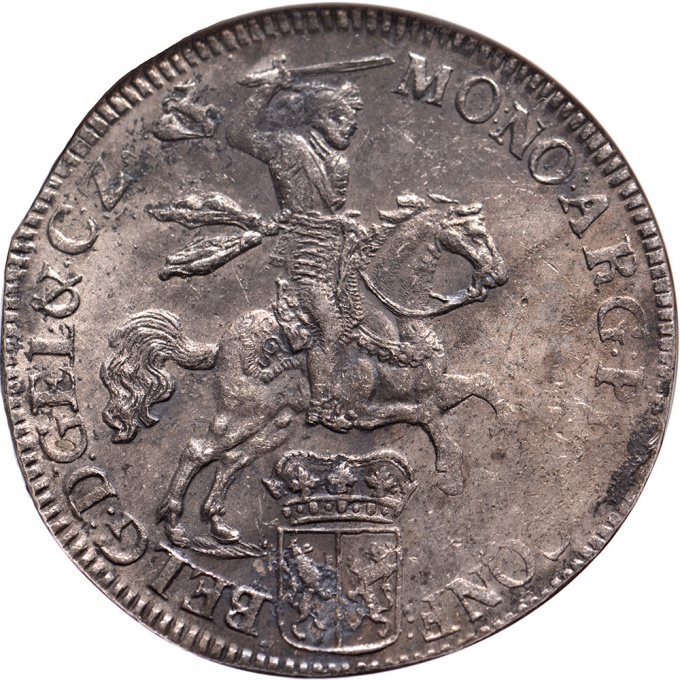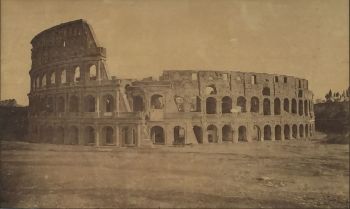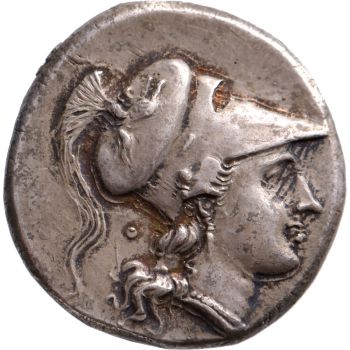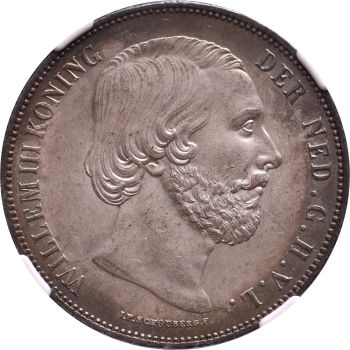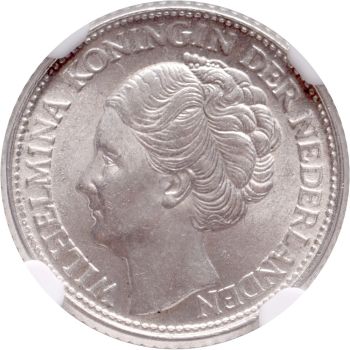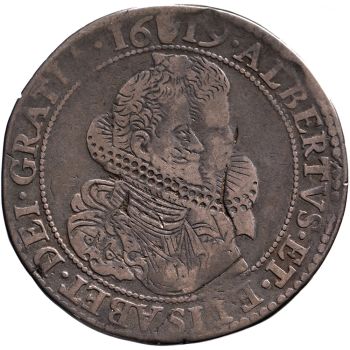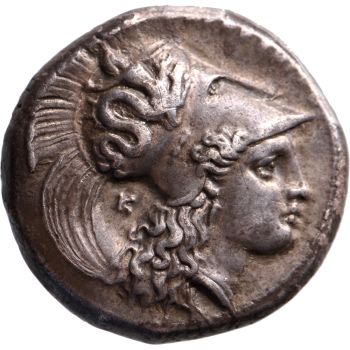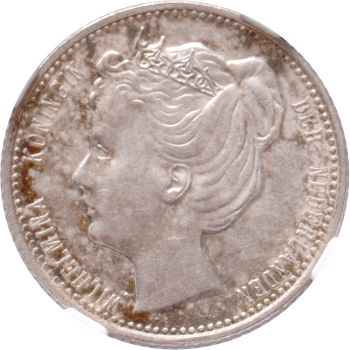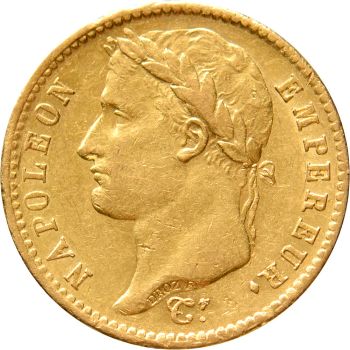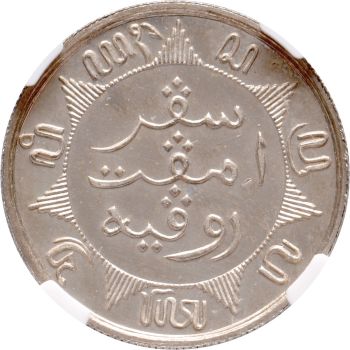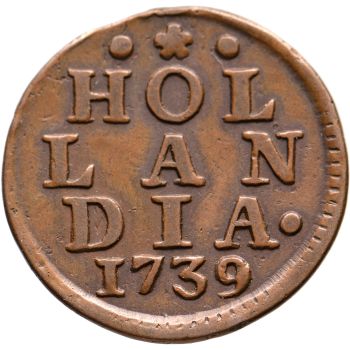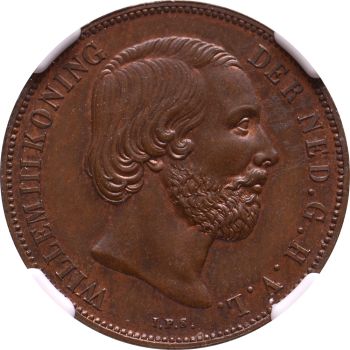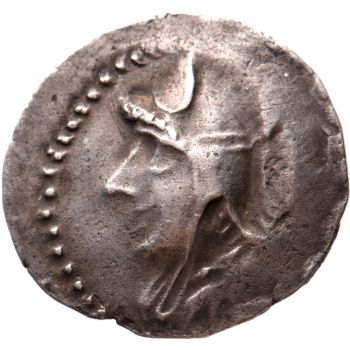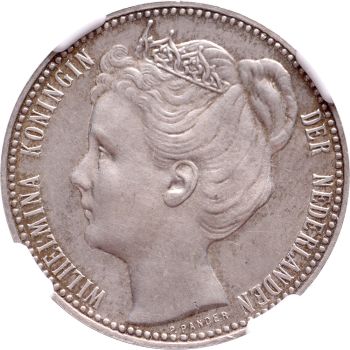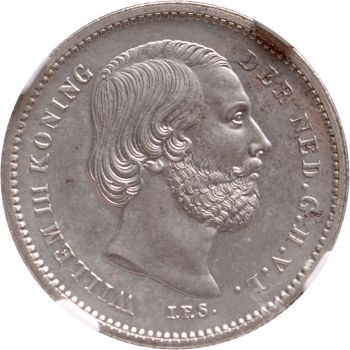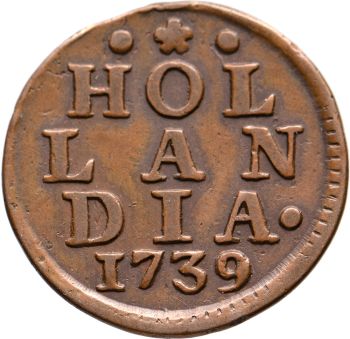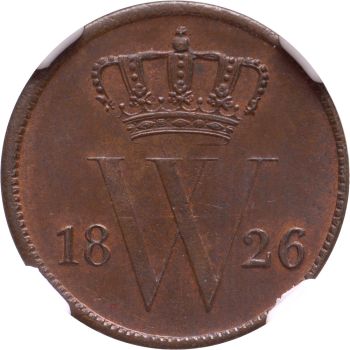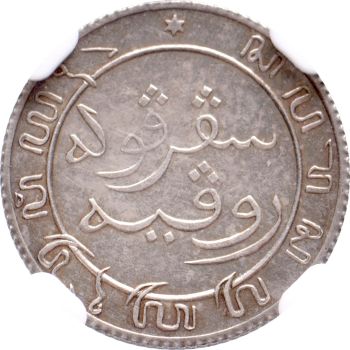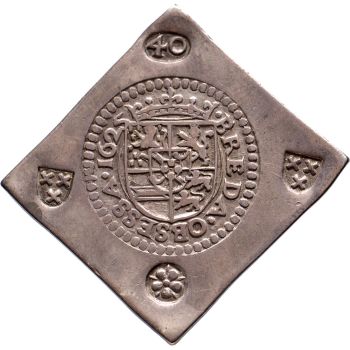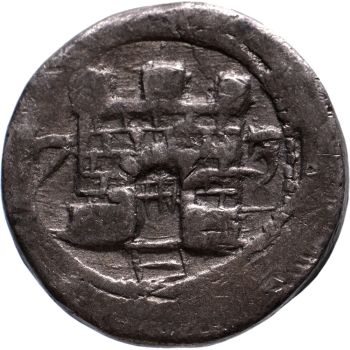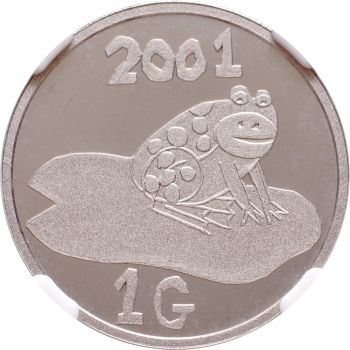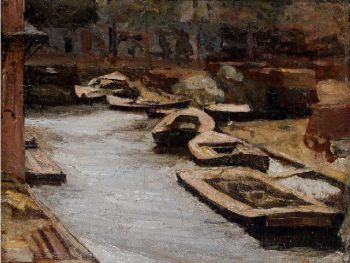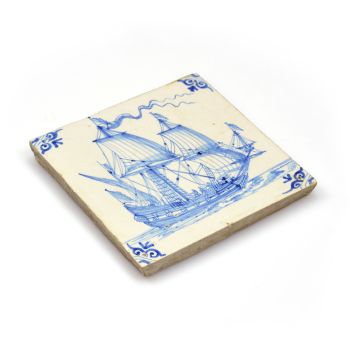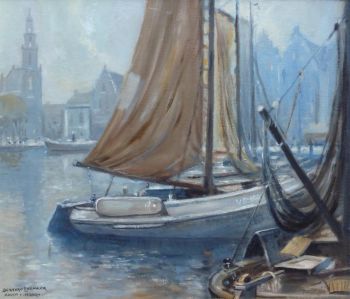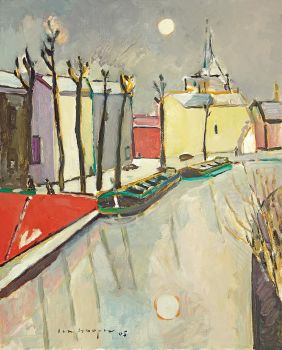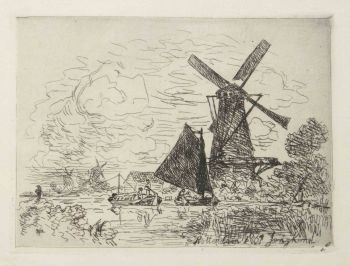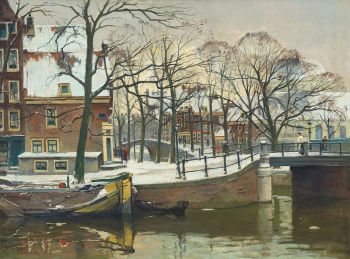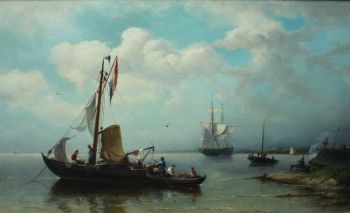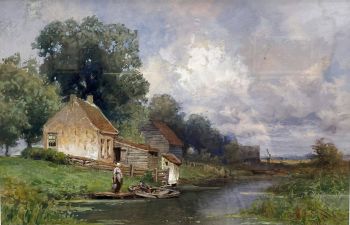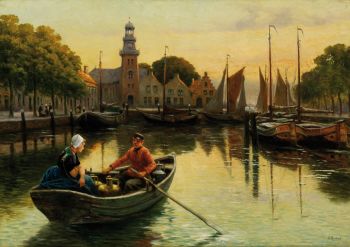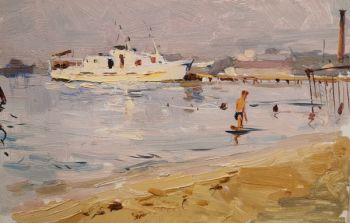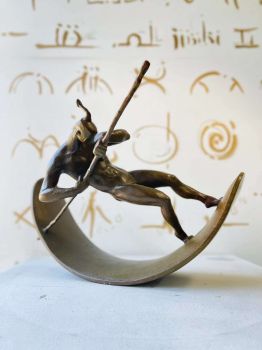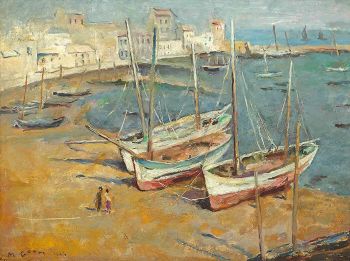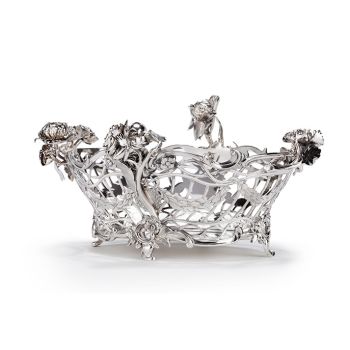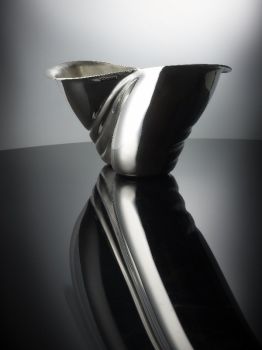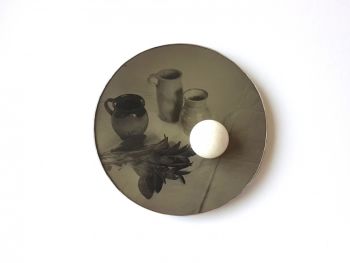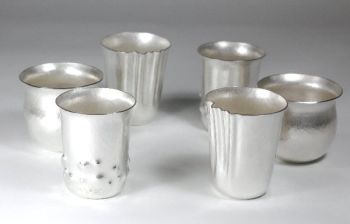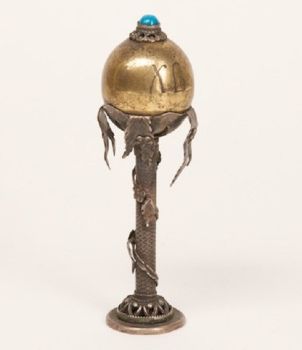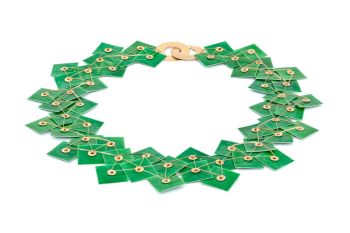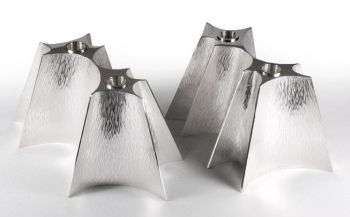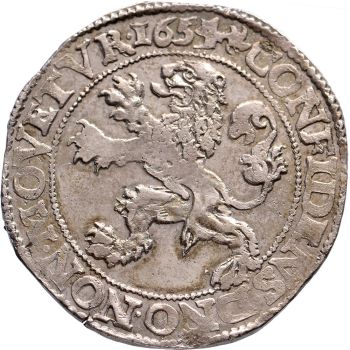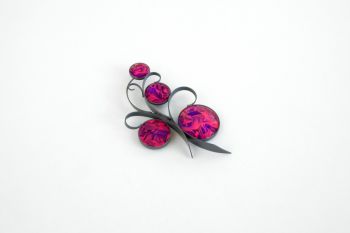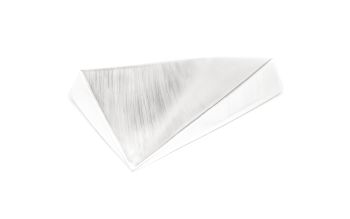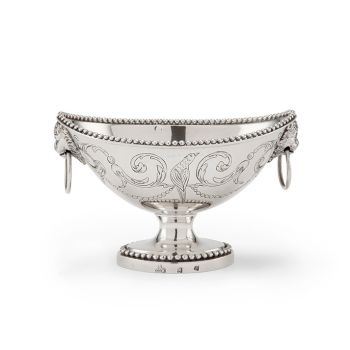Silver rider Gelderland – Vliegent Hert NGC Shipwreck graded 1734
Artiste Inconnu
Argent
Actuellement indisponible via Gallerease
- Sur l'oeuvre d'artObverse: MO : NO : ARG : PRO: CONF: – BELG: D: GEL & CZ, knight with sword held high on horseback right, crowned shield of province underneath
Reverse: CONCORDIA . – RES . PARVÆ – CRESCUNT : crowned shield of the Generality, flanked by standing and crowned lions, year in cartouche with leaf ornaments underneath
RARE
Recovered from the wreck of the VOC ship ‘Vliegent Hert’
With NGC Shipwreck certification
‘t Vliegend Hert, also known as ‘t Vliegend Hart, was a ship of the Dutch East India Company (VOC). It was built in 1729 for the VOC Chamber of Zeeland. It had a capacity for 850 tons of cargo and 256 crew members.
On February 3 1735 the ship set sail from Rammekens to East India, under the command of Cornelis van der Horst. Along with its sister ship the Anna Catharina, which had sailed out at the same time, ’T Vliegend Hert hit a sandbank 18 km off the coast of Vlissingen and sunk. All those on board perished.
The wreck of ‘t Vliegend Hert was discovered in September 1981. A money chest with 2000 gold ducats and 5000 silver reales were found among other things. One remarkable discovery were lead containers holding tobacco, anchovies and cheese.
Diameter: 42.0 mm
Reference: Delm. 1010 (R1); CNM 2.17.132 - Sur l'artiste
Il peut arriver qu'un artiste ou un créateur soit inconnu.
Certaines œuvres ne doivent pas être déterminées par qui elles sont faites ou elles sont faites par (un groupe d') artisans. Les exemples sont des statues de l'Antiquité, des meubles, des miroirs ou des signatures qui ne sont pas claires ou lisibles, mais aussi certaines œuvres ne sont pas signées du tout.
Vous pouvez également trouver la description suivante :
•"Attribué à …." A leur avis probablement une oeuvre de l'artiste, au moins en partie
•« Atelier de …. ou « Atelier de » À leur avis, une œuvre exécutée dans l'atelier ou l'atelier de l'artiste, éventuellement sous sa direction
•« Cercle de… ». A leur avis une oeuvre de la période de l'artiste témoignant de son influence, étroitement associée à l'artiste mais pas forcément son élève
•« Style de … ». ou "Suiveur de ...." Selon eux, une œuvre exécutée dans le style de l'artiste mais pas nécessairement par un élève ; peut être contemporain ou presque contemporain
•« Manière de… ». A leur avis une oeuvre dans le style de l'artiste mais d'une date plus tardive
•"Après …." A leur avis une copie (quelle qu'en soit la date) d'une oeuvre de l'artiste
•« Signé… », « Daté… ». ou « Inscrit » À leur avis, l'œuvre a été signée/datée/inscrite par l'artiste. L'ajout d'un point d'interrogation indique un élément de doute
• "Avec signature ….", "Avec date ….", "Avec inscription …." ou "Porte signature/date/inscription" à leur avis la signature/date/inscription a été ajoutée par quelqu'un d'autre que l'artiste
Artwork details
Related artworks
Artiste Inconnu
Icône russe représentant une Deesis étendue1600 - 1650
Prix sur demandeKunsthandel H.W.C. Dullaert Icons
1 - 4 / 12- 1 - 4 / 24
Bernard Leemker
'Volendammer vissersboten in de haven van Hoorn´20th century
Prix sur demandeGalerie Gabriëls
1 - 4 / 24Artiste Inconnu
Oeuf de Pâques de présentation russe en argent1880 - 1899
Prix sur demandeH.W.C. Dullaert Art & Antiques Dealer
1 - 4 / 24

